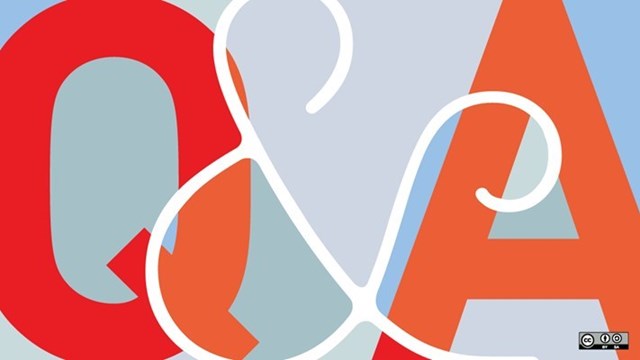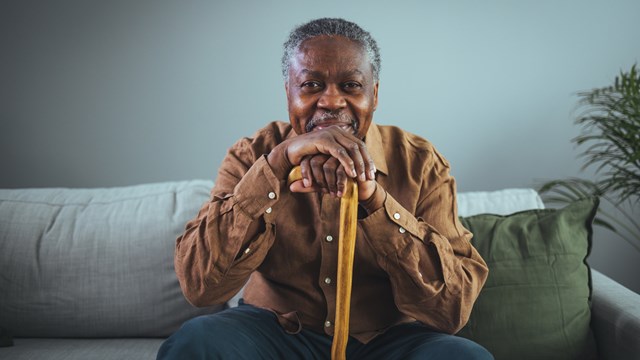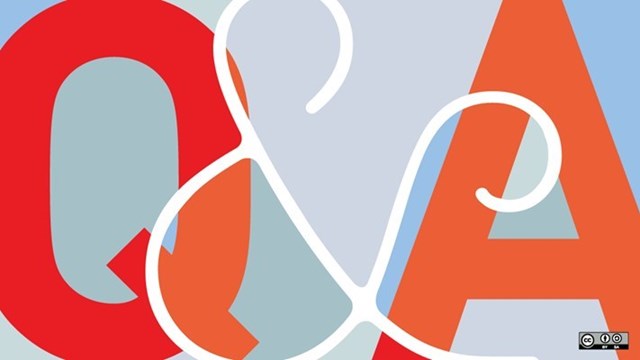
Hoarding can be best defined as the collection of materials to the point where an individual’s quality of life and overall functionality of their living space is diminished. And if you’re like many Americans, then what you know about hoarding is based on what you see on television.
But the concept of hoarding goes beyond having a lot of stuff, and that’s where the Brookline Hoarding Task Force comes in. The organization, founded in 2004, is a collaboration between the Brookline Health Department, the Brookline Community Mental Health Center, and the Brookline Council on Aging. Its main goal: To develop and implement the best practices for assisting Brookline residents who struggle with compulsive hoarding.
“The main purpose of the task force is to equip us with the tools to address instances of hoarding; to develop strategies and processes to put these challenging cases in the right direction,” says Pat Maloney, assistant director of public health at the Brookline Health Department.
The Beginning
The Brookline Health Department launched the task force when the notion of hoarding seemed to come up at many of their interdepartmental meetings. Soon, officials realized they were spending a considerable amount of time handling these claims, and that a specific organization should be dedicated to helping individuals who hoard.
“This is a national issue,” says Maloney. “Hence you’re seeing it on TV; it’s in the papers routinely. Task forces are popping up everywhere. So we got some funding of our own and put together a working group here at home.”
Initially, the main focus of the task force was compiling lists of available resources for the local community. Ranging from websites where hoarders, family members and residential property owners and managers can learn about the hoarding environment to phone numbers of local businesses, these documents were created with two primary goals in mind: Prevention and treatment.
“It seems 90 percent of the time there’s a mental health issue associated with hoarding that people need help with, and getting them to work on that has to be part of the process,” says Kathleen Turner, a social worker for the Brookline Community Mental Health Center. “Just going in and removing the clutter doesn’t—what we’ve learned—doesn’t end the issues. The person, in a year or two, can go back to the way it was—and we’ve had some of that happen to us already. That’s where we come in.”
Soon, the task force started differentiating between levels of hoarding. “Not all levels are as extreme as what many Americans do see on TV,” according to Turner. Categorization is an important component to successfully tackling and dealing with any hoarding environment.
“Hoarding challenges are on a spectrum with many folks falling on a much less severe end,” says Turner. “All of us have multiple challenges at various times in our lives—some of these are the very same challenges faced by hoarders. I think that we all need to see the humanity and strength in other's challenges, rather than an 'us vs. them' mentality, to truly find ways to respectfully work together.”
How They Find Out
In an ideal world, hoarders would be able to recognize that they are living in a dangerous environment and seek help. And as with any addict, this is not always the case. There are a few different ways that environments of hoarding are brought to the attention of the Brookline Health Department as a whole.
The first is emergency service calls. If someone falls or has a medical emergency in their dwelling, 911 is called and the officials on the scene do a well-being check.
“Emergency services will show up and they discover this person who has been living, not going out much, just secluded—and living in an environment that has just become too much to handle for them,” says Maloney.
The rest of the time, the connection is a bit more personal. Whether it’s a neighbor, property manager, trustees, family members, or building owners calling, generally concern arises quickly.
“Often [building managers] go in to do repair or routine pest-control and stumble upon this unit, call us, and ask “What can we do about this?” says Maloney. “Then we discuss with them the processes and the options.”
What Do They Find?
One hoarding environment is never exactly like another. What inspectors and health officials find in different scenarios varies from one site to the next.
“We’ve come across people that have had issues where they would just purchase things with no limits, and just have tons and tons of things that they’ve purchased,” says Maloney. “We’ve had other people, that for whatever reason, would collect papers beyond reasonableness where you would see stacks and stacks of papers in the apartment, condo, or, home, and you can barely get around. Once someone whose career was an educator and they had every top paper of all of the papers they were impressed with of all the students in their 30-something years of teaching.”
The problem at hand is that there can be valuable items in between the clutter. For example, the cover sheets of the teacher may feel valuable—but could potentially be disposable. However, in between those cover sheets could be important things, such as photos, checks, or legal documents. That’s when it gets important to actually sort through the personal belongings, rather then do a mass clean-up and call it a day.
The Next Steps
“We first like to have them try to deal with it internally, if they can,” says Maloney. “In fairness, maybe the person just needs help—[building owners] can work with them to put it in the right direction. Sometimes it just needs the code enforcement, the person needs to be cited to put pressure on it and put it in the right direction.”
Other times, it’s not so easy. If the dwelling is actually unlivable and not safe for the inhabitant, then it’s important to ask them to leave. Often, entryways are blocked, emergency exits could be barricaded or flammable objects are near a stove, oven or heating device—creating dangerous situations. From there, it’s a matter of starting to sift through the belongings and more importantly, focusing on the social needs of these cases.
“Condominium boards in general should be respectful,” says Turner. “Together, we can look at the ways to intervene, be preventive, and work collaboratively.”
The Future of the Hoarding Task Force
After a few years working together, the Brookline Hoarding Task Force now has a basic structure of how to deal with instances of hoarding in their local community. The task force continues to collaborate with different hoarding task forces throughout the area, including Newton, Framingham, Cambridge and Watertown—all of which are also trying to find more effective, respectful ways of managing challenging situations that can arise in more severe hoarding cases.
“We must not forget that hoarding is treatable,” reminds Turner. “And it is something that we can work together to address, even though it can be challenging at times.”
Emily Abbate is an editorial assistant, freelance writer and a frequent contributor to New England Condominium.






Comments
Leave a Comment